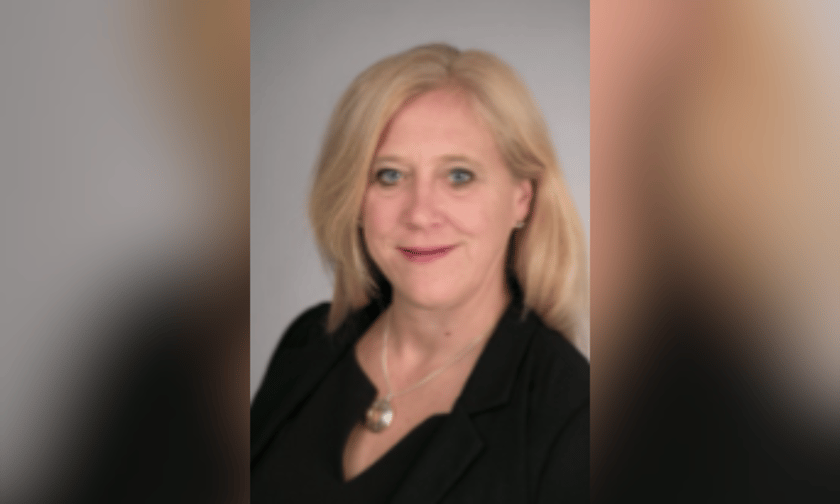

This article was produced in partnership with Davies.
Lisa Carter (pictured), associate vice president of Canadian operations - Risk Services, Davies, sat down with Nicole Panteloucos from Insurance Business for a discussion on the critical aspects of proactive risk management, covering topics such as identifying loss exposures, leveraging technology for data analytics, the role of inspections in risk mitigation, trends in frequent losses, and the importance of standard loss control measures.
Insurance Business: What is loss control related to insurance?
Carter: Loss control is an approach we use to assess and reduce exposure losses for property, such as buildings or dwellings. The risk control approach must align with the loss exposure, which is why it is formally referred to as risk management.
IB: How are loss exposures identified?
Carter: That’s a great question, and there isn't a simple, one-size-fits-all answer. Loss exposures are analyzed by frequency and severity. Over the past several years, a large focus has been placed on catastrophic losses, or CAT losses, due to the increase in wildfires, hurricanes, and flooding across North America. It almost seems that every time you turn on the news, some weather event is wreaking havoc on properties.
When CAT losses occur, the focus typically shifts to loss reduction. Insurance companies may take different approaches to mitigate their exposures to CAT losses. For example, we might recommend businesses with large exposures split their activities across multiple locations to avoid total loss from a single event. At Davies, we train our consultants to identify hazards and exposures that can be reduced or eliminated by implementing risk management controls. Sometimes, it’s as simple as changing a process or improving housekeeping to reduce loss frequency.
IB: How does loss control assist companies in making better underwriting decisions?
Carter: In our business, an experienced loss control consultant acts as the eyes and ears for an insurance company. They visit properties and provide underwriters with insights into building structures, conditions, maintenance, safety practices, security systems, and fire suppression equipment. This helps identify hazards that the underwriter may not be aware of from the insurance application alone.
IB: How are insurance companies leveraging technology and data analytics to proactively identify and assess risks?
Carter: Technology has revolutionized our ability to mine data and apply analytics to predict future loss frequency and severity. The ability to transmit information via API connections is crucial for business growth, allowing for rapid and large-scale data transmission. However, new markets like cyber insurance and ride-share programs pose challenges due to insufficient data for analysis. The market continually shifts, and it is critical to stay on top of these changes.
IB: What types of properties or businesses should a company inspect to reduce risk?
Carter: Another great question. In an ideal world, insurers would inspect all properties they underwrite, whether for property or liability insurance. In reality, insurers rate and sort risks based on factors like occupancy, complexity, size, rating, and loss history, then set criteria for what to inspect in-house and what to outsource due to resource limitations.
IB: How have recent years of wildfires, hurricanes, and flooding affected underwriting?
Carter: These catastrophic losses have put added pressure on underwriting departments to follow corporate guidelines and capacity levels. The impact is significant on insurers and reinsurers, necessitating careful management of increased risks.
IB: How can risk management companies or departments make recommendations to educate insureds?
Carter: Risk Management companies identify areas needing improvement in survey documents delivered to underwriters. They educate insureds by discussing these improvements on-site, explaining the reasons behind recommendations. For instance, explaining why automatic extinguishing systems need annual inspections ensures insureds understand the necessity of proper functioning in case of a fire.
IB: What types of trends do you see with frequent losses?
Carter: Over my 20 years in loss control, I've seen common issues like missing handrails, restricted access to electrical panels, uneven walkways, and uninspected fire systems. Although the nature of losses hasn't shifted much, it’s crucial to educate insureds on mitigating these risks. Some companies offer premium discounts for installing protective measures like backflow valves or monitored alarm systems.
IB: What standard loss control measures are most important?
Carter: While some risk factors, such as location in a high-crime area or remote fire protection, cannot be changed, installing alarm systems and maintaining fire extinguishers can mitigate controllable exposures. Insurers should never overlook loss control, as all risks have exposures. At Davies, we offer comprehensive services to manage risk and coverage, from full account consulting and engineering for complex risks to tools like our self-assessment app for smaller premium risks.
